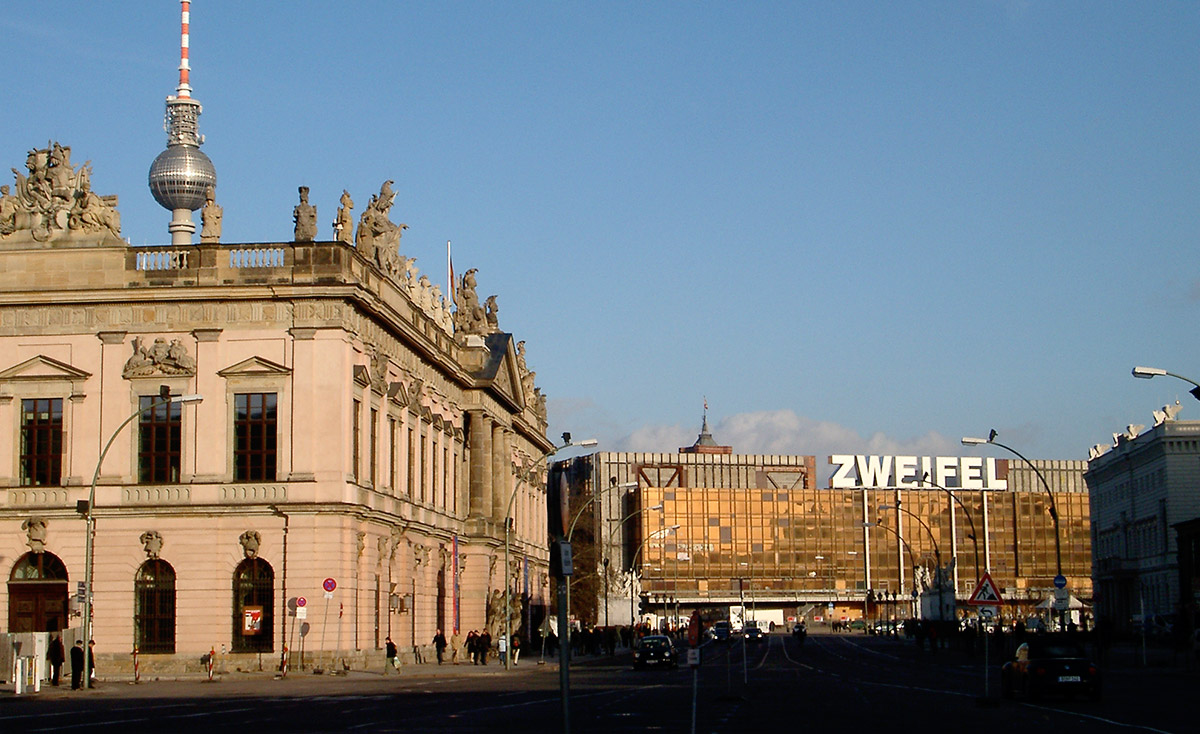
I designed and regularly teach this second-year module on post-war German history. .
Module description: In 1989-90, German ‘reunification’ brought together populations changed by 40 years of different lived experiences, within borders that had not bounded any previous German state. This module examines the social, political, and cultural history of East and West Germany in comparative perspective, focusing on how they related to one another as well as to pre-1945 German history. Special emphasis is placed on relationships with European neighbours, allied superpowers, and migrant populations in order to show how contemporary Germany has been shaped by transnational processes and how non-Germans have likewise helped define what it now means to be ‘German’.
This class includes lectures and seminars on the following topics:
| Week | Lecture topic | Seminar topic |
| 1 | New Germanys in New Borders | German Refugees |
| 2 | Denazification | Germans and Minorities after 1945 |
| 3 | Dividing Up Germany | Allies and Occupiers |
| 4 | The ‘Economic Miracle’ in East and West | Käfer vs. Trabi: Cars and Consumption |
| 5 | Gender in East and West | German Sexualities |
| 6 | 1968 | ‘Terrorism’ |
| 7 | Germany in the World | The World Comes to Germany |
| 8 | New Social Movements | Ökopax in East and West |
| 9 | Everyday Life in Late Socialism | Subcultures and Sexual Minorities |
| 10 | German Unification | The End of the (Cold War) World |
| 11 | United Germany in an Expanding Europe | Identity and Diversity since Unification |